When it comes to stroke, every second counts. The sooner it can be diagnosed, stabilized, and treated, the higher the chances of recovery from its side effects. The body may show signs of an impending attack, but sometimes it can strike without warning. The current diagnostics, however, can take as much as three hours, including thorough lab work and the expertise of a skilled technician. The good news is technology in the medical field is catching up. There are currently numerous devices being developed to help detect stroke early, diagnose fast, and even prevent it altogether.
So how is technology helping prevent and detect strokes? Technology has paved the way for better healthcare and this can be said of strokes and similar diseases. Find out how technology is making this happen and ways that it will continue to improve diagnosis and prevention of strokes.
Medical Imaging and AI are Predicting and Fast-Tracking Stroke Diagnosis
The combination of medical imaging and Artificial Intelligence (AI) is slowly becoming the go-to option when it comes to personalized healthcare software for diagnosing a wide range of diseases. A few AI algorithms even received approval from the U.S. Food and Drug Administration (FDA).
The Center for Disease Control (CDC) noted that up to 80% of stroke cases are preventable. This can only happen, though, if the patient can recognize and lessen the risks early. Unfortunately, most risks are related to the lifestyle choices and habits of the patient, causing them to disregard their doctor’s advice.
Experts say that the current level of stroke AI technology can provide plenty of opportunities for stroke care. This includes uncovering underlying risks and even alerting healthcare specialists for suspicious abnormalities on medical scans.
In 2008, Google’s AI team made predictions using retinal image analysis and analyzing personal health risks. The system can analyze risk factors from a wide range of critical conditions, such as cardiovascular disease and stroke. The team used data from hemoglobin A1c (HbA1c), body mass index (BMI), diastolic and systolic blood pressure, and smoking status. Research shows the AI’s prediction has a 70% accuracy rate in detecting heart attack and stroke within a 5-year period.
Another study from the Imperial College of London in 2018 showed improved diagnosis for stroke and dementia conditions using AI. The AI used MRI and CT scans to detect and grade the small vessel disease (SVD), a neurological condition that keeps the brain from getting enough blood supply, which leads to dementia or stroke. The AI algorithm claimed to have 85% accuracy in estimating the severity of SVD, providing healthcare specialists better information about their patient’s risks and different treatment options.
Also in 2018, the FDA approved the first AI-powered clinical decision support for stroke called the Viz.AI Contact application. This app uses an AI algorithm to analyze CT scans, detect the possibility of stroke, and notify healthcare specialists. The good thing about this app is that it notifies the specialist about the AI’s findings through their smartphone or tablet.
These are just a few of the current AI applications in this field, which is already making great strides to prevent the possibility of stroke through early diagnosis and prevention.
A Stroke Detector Visor
The Medical University of South Carolina (MUSC) and the University of Tennessee Health Sciences Center in the U.S. announced their stroke detection device called the Cerebrotech Visor. It is a visor that, when worn, can detect developing large-vessel occlusion in potential stroke patients with a whopping 92% accuracy.
It uses low-energy radio waves to detect and identify blockages and is said to determine the potential of stroke within seconds.
New Type of Imaging
A new type of stroke imaging technology that shows promising potential is called Cone Beam Imaging. It is said to fast-track in-patient care up to an hour, giving patients better chances for full recovery.
The technology provides accurate reading of hemorrhage, ischemic core, occlusion site, and the tissue that is at risk. Though still awaiting future trials, this technology will by-pass CT scan or even emergency department, sending patients straight to angio suite for imaging and right healthcare.
Shorter and Faster Recovery through Nerve Stimulation
The Ohio State University in the U.S. conducted a clinical trial aimed to shorten recovery period of motor skills for stroke patients. Using a device called Vivistim that stimulates the vagus nerve (a nerve in the neck that provides innervation to the majority of pharynx and larynx and the main parasympathetic supply to the heart, lungs, and digestive tract), stroke patients are said to recover faster.
A Dallas-based company called MicroTransponder developed the device, and pairs it with Vivistim Nerve Stimulation with muscle movement during rehab. The stimulation led to the strengthening of the brain’s neural circuits, particularly those associated with learning, function, and memory.
Key Takeaway
Many of these technologies are still in their infancy and more trials should be conducted. However, the fact that technology can be manipulated for the purpose of early detection and prevention is promising not just for stroke patients (or those with a high risk for it) but also for other medical conditions.


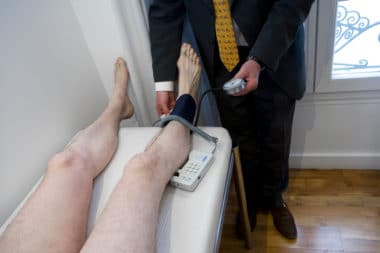
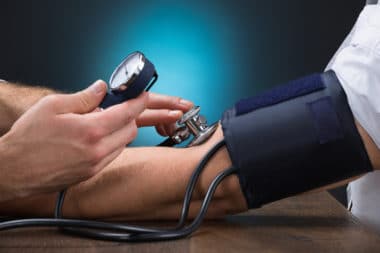
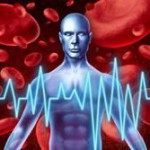
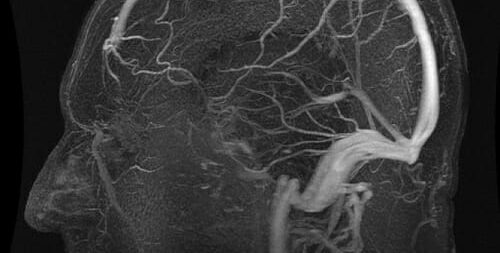
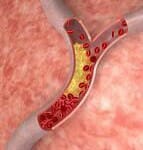
Reply